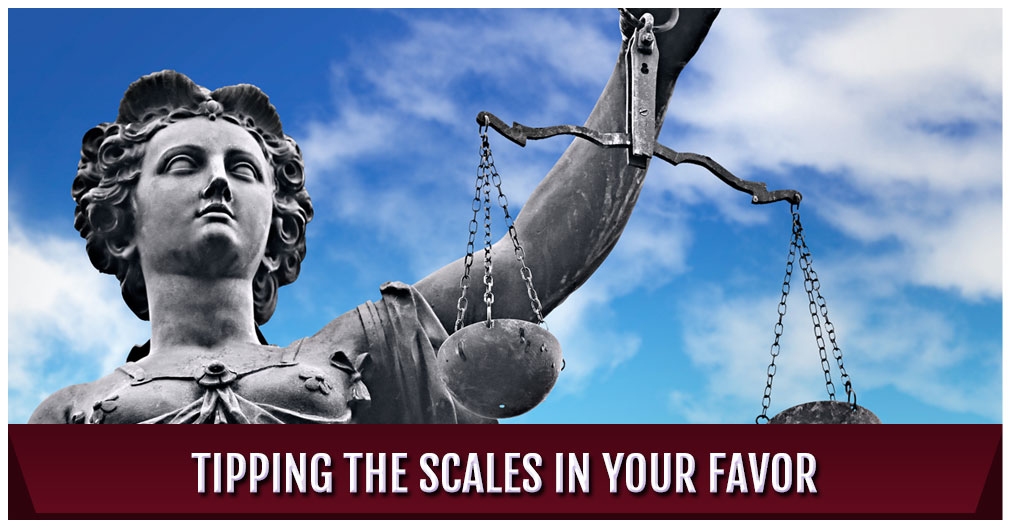Spotora Urges Composer To Get Serious About Music Licensing
If you are serious about the music you create as a composer, you should be serious about music licensing.
Music is everywhere in the world of entertainment: Movies, television, radio advertisements and commercials. There is always a need for top-notch songs and artists.
“For an upcoming composer, licensing music is a vital step in growing a career,” said Anthony Spotora, a Los Angeles-based entertainment and business lawyer. “Licensing music means that your creation is not only protected from illegal use but can also bring a source of income and bigger name recognition. If the people behind a commercial or feature film like your composition, for instance, they will request a music license for the piece.”
While music licensing can be lucrative, it is important to become educated about the process and to receive adequate representation to secure the best deals for oneself.
There are several options for music licensing. One of the best-known options is to register and become a member of ASCAP, BMI or SESAC, which are also known as performing rights organizations (“PRO”).
Such companies collect millions of dollars annually for composers and publishers for so-called performance royalties, but you must be registered as a member to see this income.
“Performing rights organizations act as middlemen, essentially,” Spotora said. “When a song is ‘performed’ – this includes usage in commercials, airplay, etc. – the user pays the PRO rather than the copyright holder directly. The copyright holder is then paid a royalty by the PRO.”
A separate option is to connect with a publishing company. The publisher will handle issues such as music licensing, collecting royalties and negotiating licensing figures. If your publisher works hard and is well-connected, it can generate serious income for you as a composer and catapult your career to new heights.
If you are a composer, it is important you understand how to properly protect your music as well as secure the most desirable music licensing deals. For questions about legal matters pertaining to music licensing, contact an experienced entertainment attorney.
Anthony Spotora is a Los Angeles entertainment lawyer and Los Angeles business attorney. To learn more, visit Spotoralaw.com.
 RSS
RSS FAQ
FAQ Clients
Clients















